How to Make Piano Practice Fun
“Although education was traditionally seen as a rather serious and solemn undertaking, pedagogical trends in recent decades have shifted toward the promotion of a more relaxed learning environment and an emphasis on ‘making learning fun.’ The current prevailing philosophy of education argues that students are much more likely to be motivated to learn and to retain information if they are happy and amused than if they are feeling anxious and threatened” (The Psychology of Humor: An Integrative Approach, 349-350).
We agree! Music is supposed to be fun and joyful. Especially for younger students, it's important to mix things up with games and activities relevant to the lesson topics. Here are some of my students' favorite games. These games don't take up too much time in a lesson or practice session but can bring a lot of fun and humor to the learning experience. These games can be used in lessons or in practice with the help of a parent.
Piano in the dark
The student closes their eyes and you tell them a note. The student tries to find the note with their eyes closed. The trick is to locate the groups of black keys, once you find the black keys in groups of 2's and 3's you can find any note within! This helps students with sight-reading and performing because they don't rely on looking at the keyboard to find the notes.
Music hide-and-seek
This game can be used to learn rhythms of notated pitches. Make flashcards with either rhythms or notes in treble/clef, leave half the flash card blank so you can fold it in half so it stands up by itself. Hide the cards around the room (make them visible to you don't spend the whole lesson looking for them). Send your student on a search (i.e "Find me a quarter note" or "I need a C in bass clef.") This enforces quick identification of notes and rhythms.
Run as fast as you can
Stand at one end of the room with flashcards: for beginners use flashcards that have a picture of a keyboard with one of the notes highlighted, for more advanced students use notes on the ledger lines. Put stickers, candy, or some other small prize on each of the keys. Show your student the card and have them run (or walk quickly!) to get the prize on the correct note (for a challenge you can also use the same note over several octaves). This helps students to become more automatic with identifying notes on the keyboard and the ledger lines.
Let's go fishing
Make cards with all the different kinds of rhythms your student has learned (don't forget rests!). Make another set of cards with 3/4 or 4/4 measures that are note complete (i.e a 4/4 bar with only one half note). The student has to then go fishing for the rhythm to complete the bar (i.e for a card in 3/4 with one quarter note they could fish 1 half note or 2 quarter notes to finish the bar). This helps students become crystal clear on the relationship between rhythms.
Time for improv
As well as learning notated music it's important for students to use their own creativity. In this exercise the teacher plays a groove on the lower part of the piano and gives the student 3-5 keys they can use to solo. The trick is to isolate the keys the student can play so that they are playing within the scale of the groove. A good way to start is to play a groove in B that will fit with the black keys. Students are so pleased when they hear how cool they sound!
